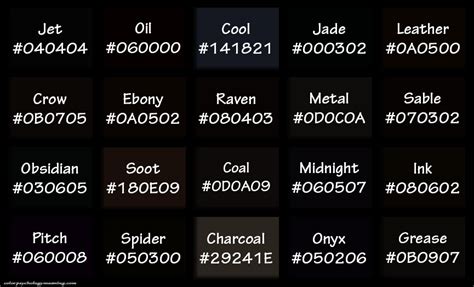Introduction:
Hair extensions have become a sought-after beauty enhancement, offering the allure of fuller, longer tresses. However, determining the cost involved in this transformation can be a daunting task. In this comprehensive guide, we will delve into the intricate factors that influence the price of hair extensions, empowering you with the knowledge to make informed decisions.

Key Factors Determining the Cost:
1. Hair Type:
The type of hair used in extensions plays a significant role in the overall cost.
- Human Hair: The most expensive and premium hair extensions, sourced from natural human donors. Can range from $800 to $3,000 per set.
- Synthetic Hair: Affordable and versatile, suitable for temporary use. Can cost as low as $50 to $200 per set.
2. Hair Length:
Longer hair extensions require more hair, thus increasing the cost.
- Short Hair: Extensions of 12-16 inches typically range from $200 to $500 per set.
- Medium Hair: Extensions of 18-22 inches can cost around $300 to $700 per set.
- Long Hair: Extensions of 24 inches or longer can cost upwards of $500 to $1,000 per set.
3. Hair Color:
Matching the color of your natural hair to the extensions is crucial. This may require additional processing or custom dye, which can add to the expense.
- Natural Colors: Extensions in common hair colors, such as brown or black, are less expensive, ranging from $100 to $300 per set.
- Custom Colors: Extensions that require specialized coloring or bleaching can cost significantly more, up to $500 or more per set.
4. Hair Quality:
The quality of the hair extension determines its durability, longevity, and overall appearance.
- Remy Hair: Premium hair that maintains its cuticle layer, resulting in less tangling and a more natural look. Can cost around $400 to $800 per set.
- Non-Remy Hair: Less expensive, but may have a shorter lifespan and be more prone to tangling. Can cost as low as $100 to $300 per set.
5. Application Method:
The chosen method of applying hair extensions also affects the cost.
- Sew-In: One of the most popular methods, involves sewing the extensions to your natural hair. Can range from $200 to $500 for installation.
- Clip-In: An affordable and non-permanent option. Can cost around $100 to $200 for a full set.
- Tape-In: An adhesive-based method that is relatively easy to install. Can cost around $250 to $400 for installation.
6. Maintenance and Upkeep:
Maintaining hair extensions requires regular care and upkeep. This includes washing, conditioning, and styling the extensions, which can add to the overall cost.
- Professional Salon Visits: Regular trims, styling, and touch-ups can cost around $50 to $100 per visit.
- Home Care Products: Specific hair care products designed for extensions can also add to the expense, around $20 to $50 per item.
Cost Breakdown and Considerations:
The total cost of hair extensions depends on a combination of factors. Here is a breakdown to help you estimate the potential expenses:
| Factor | Cost Range |
|---|---|
| Hair Type | $50 – $3,000 |
| Hair Length | $200 – $1,000 |
| Hair Color | $100 – $500 |
| Hair Quality | $100 – $800 |
| Application Method | $100 – $500 |
| Maintenance and Upkeep | $50 – $100 per visit |
Tips and Tricks for Saving on Hair Extensions:
- Consider synthetic hair: While not as natural-looking as human hair extensions, synthetic options can provide a more affordable alternative.
- Choose a shorter hair length: Shorter extensions require less hair and are therefore less expensive.
- Opt for a natural hair color: Extensions that match your natural hair color will require less processing, reducing the cost.
- Look for sales and discounts: Many hair extension salons and retailers offer promotions and discounts, especially during certain seasons or holidays.
- Get regular trims: Regular trims can help extend the lifespan of your hair extensions, reducing the need for replacements.
Conclusion:
The cost of hair extensions can vary greatly depending on the factors discussed in this guide. By understanding these factors and exploring cost-saving strategies, you can make informed decisions about your hair transformation journey. Remember to consult with a reputable hair extension specialist to determine the most suitable and cost-effective solution for your individual needs.
